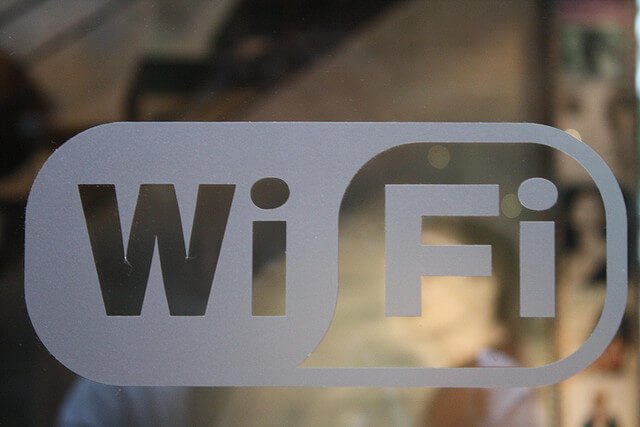Taking strong interest in blockchain, cryptocurrencies, and IoT, Tatsiana Yablonskaya got deep understanding of the emerging techs believing in their potential to drive the future.
Wi-Fi Alliance has just announced a newly developed low-power Wi-Fi solution called Wi-Fi HaLow (should be pronounced as “halo”). Wi-Fi Alliance has already certified more than 25,000 products, delivering the best user experience and encouraging the expanded use of Wi-Fi products and services in new and established markets.
If compared to the traditional Wi-Fi, the new product doubles the distance and cuts the power consumption. Wi-Fi HaLow is designed specifically for smart homes. The Alliance admits that it aims at turning Wi-Fi into a “standard in smart cities where proprietary standards and cellular networks currently reign supreme, and in personal area networks for wearable devices where Bluetooth radios are used now.”
Wi-Fi HaLow extends Wi-Fi into the 900 MHz band. It offers a more reliable connection in difficult conditions when it’s necessary to permeate such barriers as walls. Wi-Fi HaLow uses existing Wi-Fi protocols to provide all the benefits that consumers expect from Wi-Fi today, including multi-vendor interoperability, strong government-grade security, and easy setup.
Its devices support IP-based connectivity to natively connect to the cloud, which seems to be very important in the effort to fully use the potential of the Internet of Things. Wi-Fi HaLow enables a wide range of devices to be connected at a single access point.
Edgar Figueroa, President and CEO of Wi-Fi Alliance, speaks about their invention: “Wi-Fi HaLow is well suited to meet the unique needs of the Smart Home, Smart City, and industrial markets because of its ability to operate using very low power, penetrate through walls, and operate at significantly longer ranges than Wi-Fi today. Wi-Fi HaLow expands the unmatched versatility of Wi-Fi to enable applications from small, battery-operated wearable devices to large-scale industrial facility deployments – and everything in between.”
Despite obvious advantages, there must be limitations to the use of Wi-Fi HaLow. It’s unappropriated for browsing the web and transferring large amount of data. Indeed it has been developed for transferring small bits of data on infrequent occasions. If necessary, device manufacturers can modify Wi-Fi HaLow to provide faster transfers but in this case they will have to sacrifice battery charge.
It’s hard to deny the contribution Wi-Fi HaLow is going to make into the development of the Internet of Things. “The alliance sees HaLow playing a large role in the IoT,” Kevin Robinson, the Alliance’s marketing VP, says. Nevertheless he doesn’t deny that Wi-Fi isn’t likely to be the only standard. “No one expects that the Internet of Things will consolidate on a single connectivity technology.”
Although the standard of Wi-Fi HaLow won’t be official until 2018, the devices will go on sale this year. Thus soon we will be able to conclude whether Wi-Fi HaLow is really as useful and reliable as promised.





